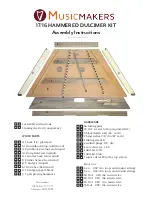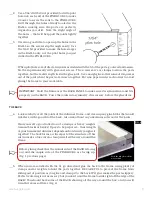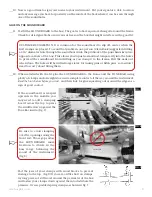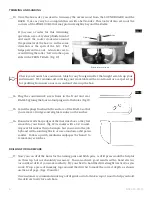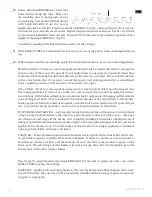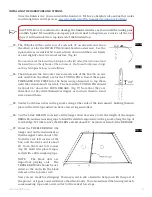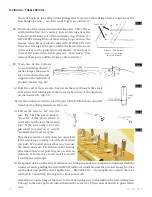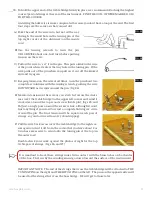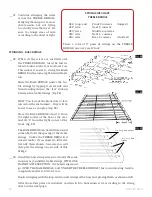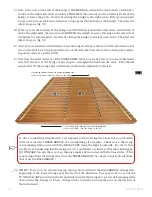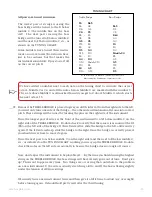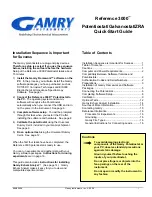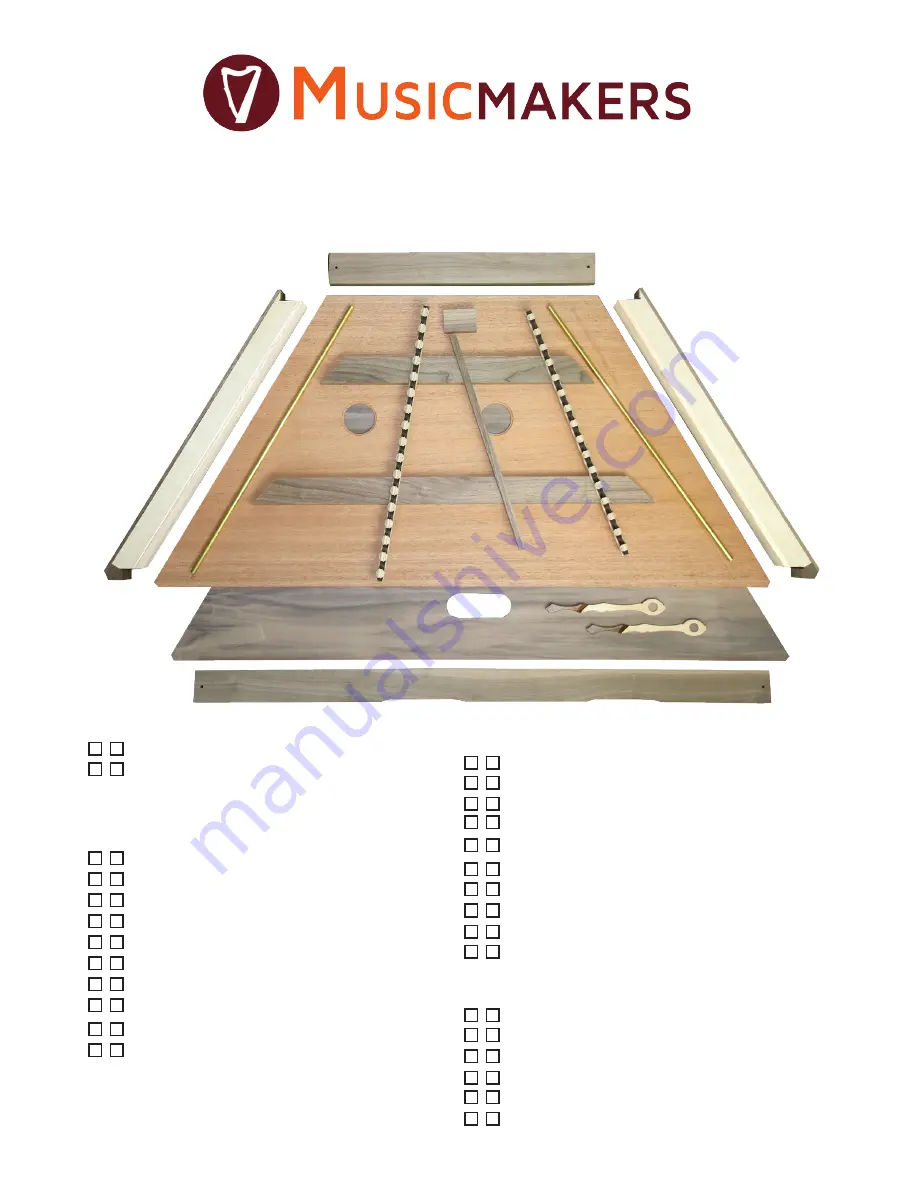
17/16 HAMMERED DULCIMER KIT
Assembly Instructions
1 assembly instructions
1 tuning chart on transparency
66 tuning pins
33 rh 1” screws for top (square drive)
2 black delrin rods (24” each)
2 brass tubes, 3/8” dia (21” each)
1 tuning wrench
4 walnut plugs, 3/8” dia
4 wood screws, 1-1/4”
1 drill bit, 3/16”
1 drill bit, 9/64”
1 square drive #2 bit for top screws
Music wire:
4 ea. - .032” dia. loop-end wound strings
8 ea. - .024” dia. loop-end wound strings
20 ft of .016” dia. music wire
50 ft of .018” dia. music wire
50 ft of .020” dia. music wire
75 ft of .022” dia. music wire
a) 1 back (1/4” plywood)
b) 1 soundboard/top (solid wood)
c) 2 pinblocks (walnut and maple)
d) 1 long front rail (walnut)
e) 1 shorter back rail (walnut)
f) 2 inner braces (hardwood)
g) 2 bridges (maple)
h) 1 tone bar (hardwood)
i) 1 bridge support block
j) 1 pair playing hammers
WOOD PARTS
HARDWARE
Musicmakers
14525 61st ST CT N
Stillwater, MN 55082
A
D
F
G
H
I
J
G
F
E
B
C
C
Updated November 2019

